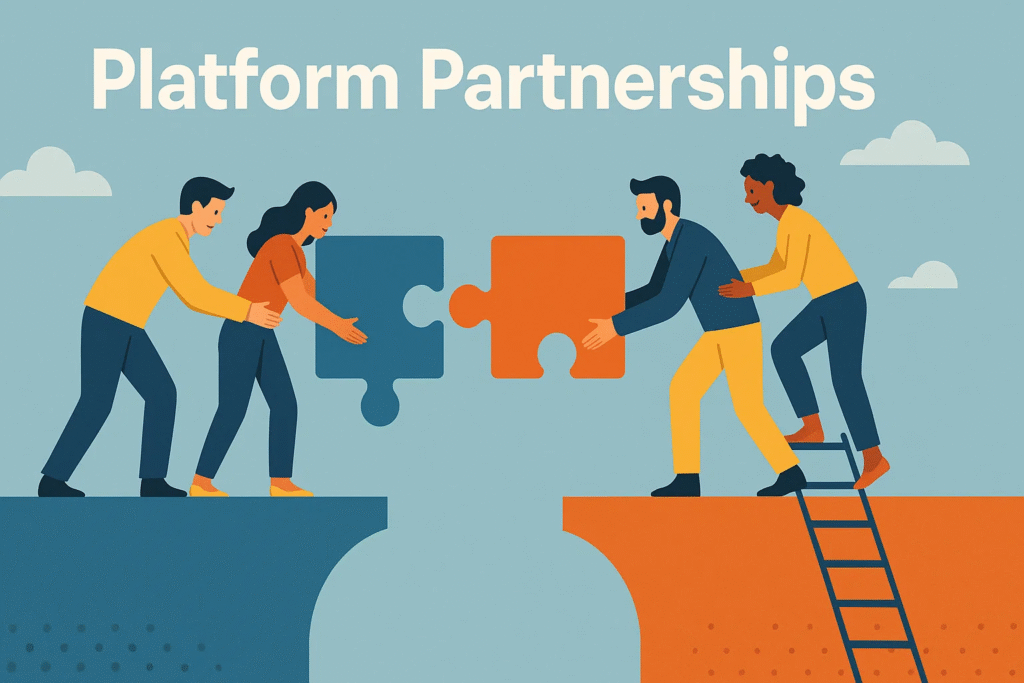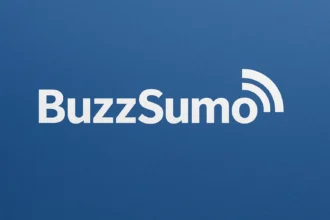introduction to platform partnerships
So, you’ve probably heard the buzz about “platform partnerships” floating around the business world lately, right? It’s one of those things that can make a huge difference in the way companies operate and grow. But if you’re scratching your head, wondering what in the world a “platform partnership” even is, don’t worry—I’ve got you covered. In this article, I’ll break it down in a way that’s easy to understand, share some real-life examples, and even offer a few tips for making the most out of this strategy.
Grab a coffee (or your favorite snack), and let’s dive in!
What Exactly Are Platform Partnerships?

Let’s start with the basics. A platform partnership is pretty much what it sounds like: a business partnership between two companies that operate on different platforms or systems, but work together to bring value to each other’s audiences. This can be anything from co-marketing campaigns to integrating services and products for a smoother user experience. platform partnerships
Think of it like a collaboration between two artists. One creates the masterpiece, and the other brings it to the audience. Both benefit from the exposure and value they create together, but each can still shine in their own right.
In the tech world, you’ve likely seen platform partnerships in action. Take Microsoft and LinkedIn, for example. When Microsoft acquired LinkedIn, it wasn’t just about owning another social network—it was about integrating their services to create a seamless user experience across their platforms. LinkedIn helps Microsoft sell more enterprise software, while Microsoft makes LinkedIn more powerful by adding its tools to the mix.
Why Are Platform Partnerships Such a Big Deal?
You might be wondering: “Why all the hype about platform partnerships?” Well, the short answer is that they work. In a world where customer expectations are higher than ever, partnerships like these provide businesses with the opportunity to level up in ways that would be nearly impossible on their own.
Access to a New Audience
One of the most obvious benefits of platform partnerships is the ability to tap into an entirely new audience. Let’s say you’re a small e-commerce brand that specializes in handmade candles. Partnering with a larger platform like Etsy gives you instant visibility to a whole new group of people who are already browsing for unique, handcrafted goods. Similarly, if you’re a SaaS provider, teaming up with a well-established platform like Slack or Salesforce allows you to reach potential customers that are already active and engaged in the platform’s ecosystem.
Increased Credibility and Trust
Partnerships can also help boost your credibility. Think about it—when you partner with a platform or brand that’s well-respected in your industry, you’re automatically associating yourself with their reputation. People tend to trust brands that collaborate with companies they already know and love.
Better Product Integration
It’s not just about exposure—it’s also about functionality. By integrating with an existing platform, you can enhance your product or service offering. For example, a company that provides project management tools might partner with a file storage service like Dropbox to allow users to easily access and share files within the app. That’s an example of how partnerships can elevate the user experience, making it easier and more seamless for customers to achieve their goals.
Innovation
A good platform partnership often sparks new ideas and ways of doing things. When two companies come together, they bring different perspectives, skill sets, and technologies to the table. This often leads to the creation of new products or features that neither company could have come up with on their own. In a way, platform partnerships can act as incubators for innovation.
How to Make the Most of Platform Partnerships
Now that you understand the power of platform partnerships, let’s talk about how you can maximize the potential of this strategy for your business.
Choose Your Partners Wisely
Not every platform partnership will be a perfect fit. You need to choose partners that align with your values, goals, and target audience. You wouldn’t want to partner with a company whose customer base doesn’t overlap with yours, or whose products conflict with yours. Look for platforms that complement what you’re already doing, rather than ones that might cause confusion or distraction.
Be Clear About Expectations
When entering into a partnership, it’s important to set clear expectations from the get-go. What are each of you bringing to the table? What’s the ultimate goal of the partnership? How will success be measured? Having these conversations upfront can help prevent misunderstandings and ensure that everyone is on the same page.
Keep Communication Open
This one might seem like a no-brainer, but it’s crucial. Regular communication is key to any successful partnership. Whether you’re checking in on the progress of a joint marketing campaign or discussing ways to improve product integration, keeping the lines of communication open will help you stay aligned and make adjustments as needed.
4. Measure and Optimize
Just because a partnership is working doesn’t mean it can’t be better. Make sure you’re tracking the results of your partnership and looking for ways to optimize it over time. Are you getting the kind of traffic or leads you were expecting? Is your product integration running smoothly? Use this data to refine your strategy and maximize the return on investment.
Don’t Be Afraid to Experiment
One of the great things about platform partnerships is that they offer plenty of room for experimentation. If something doesn’t work out as planned, it’s not the end of the world. You’ve got a lot of flexibility to try new approaches and see what resonates with your audience.
Real-World Examples of Successful Platform Partnerships
Now that you’ve got the basics down, let’s take a look at some real-world examples of platform partnerships that are crushing it.
Spotify and Uber
This partnership is a great example of how two brands can use platform integration to enhance the user experience. In 2014, Spotify and Uber teamed up to let Uber passengers choose their own music during rides. This simple integration turned every Uber trip into a more personalized experience and helped both companies boost user engagement.
Not only did Uber users appreciate the ability to control the music in their ride, but it also helped Spotify attract new subscribers by offering a fun and unique experience. Both brands gained exposure to each other’s audiences, and the partnership didn’t cost either company a fortune.
Shopify and Amazon
Another example is the partnership between Shopify and Amazon. Shopify, a leading e-commerce platform, teamed up with Amazon to allow its merchants to sell their products directly on Amazon. This partnership has helped countless small businesses increase their reach by tapping into Amazon’s massive customer base. For Shopify, it’s an opportunity to add value to their platform, while Amazon gets access to unique and diverse products that it might not have otherwise offered.
The Future of Platform Partnerships
Looking ahead, platform partnerships are only going to get bigger and more important. As digital ecosystems become more complex and interconnected, the need for collaboration between different platforms will grow. Brands will be expected to offer more seamless, integrated experiences, and the best way to do that will be through strategic partnerships.
We’re also likely to see more partnerships focused on data sharing, AI integration, and cross-platform functionalities. As technology advances, companies will find new ways to collaborate that weren’t possible before, making platform partnerships even more crucial in the business landscape.
Conclusion: Should You Get Involved in Platform Partnerships?
By now, I hope you can see why platform partnerships are more than just a passing trend—they’re an essential tool for growth in today’s competitive business world. Whether you’re a small startup or a large enterprise, partnering with the right platforms can unlock new opportunities, help you innovate, and increase your brand visibility.
So, if you haven’t already, it might be time to start exploring potential platform partnerships for your business. Just make sure to do your research, set clear expectations, and keep the communication flowing. And who knows? You might just discover your next big growth opportunity!
I am also author of techbetime & zepbound





